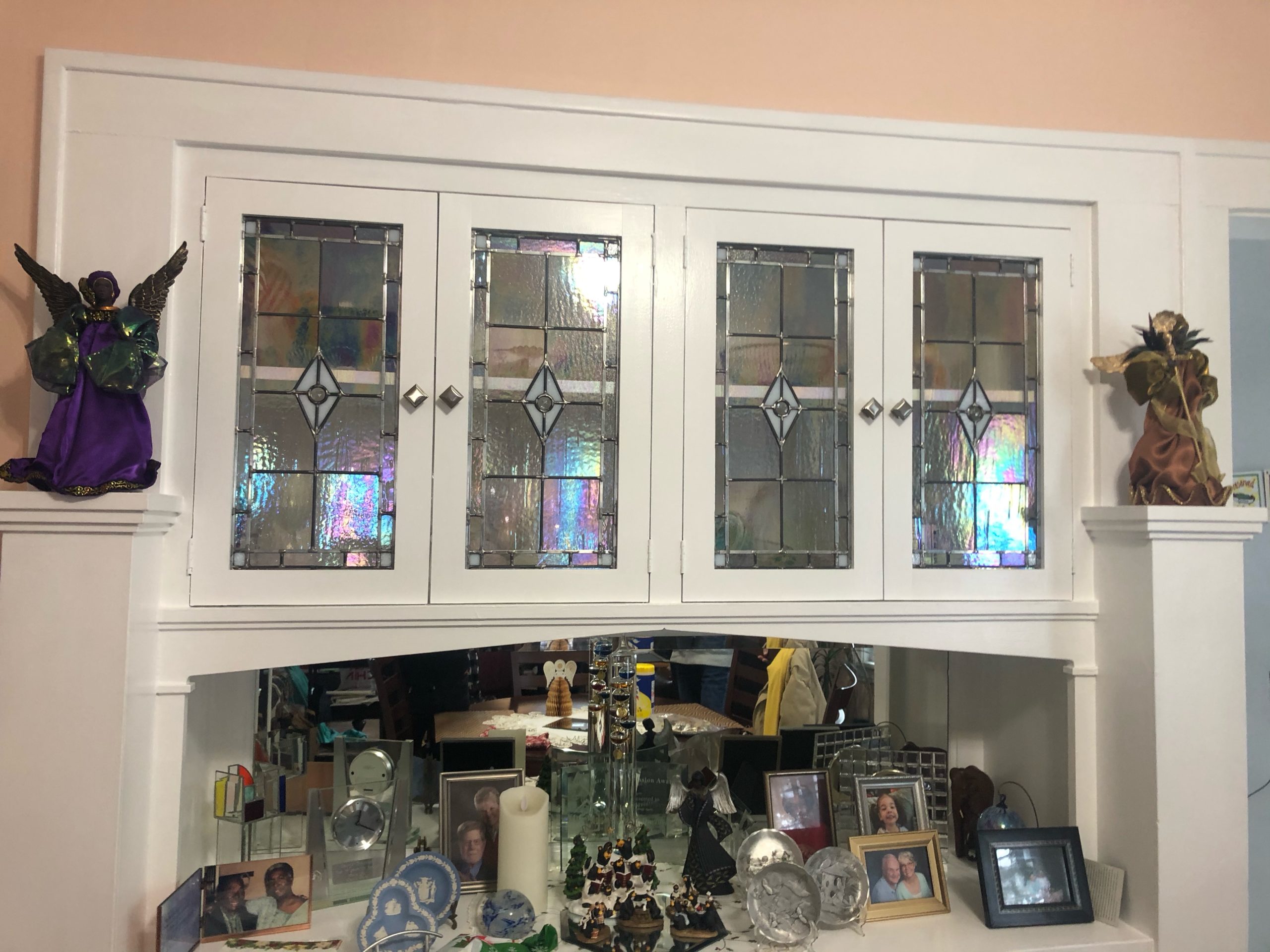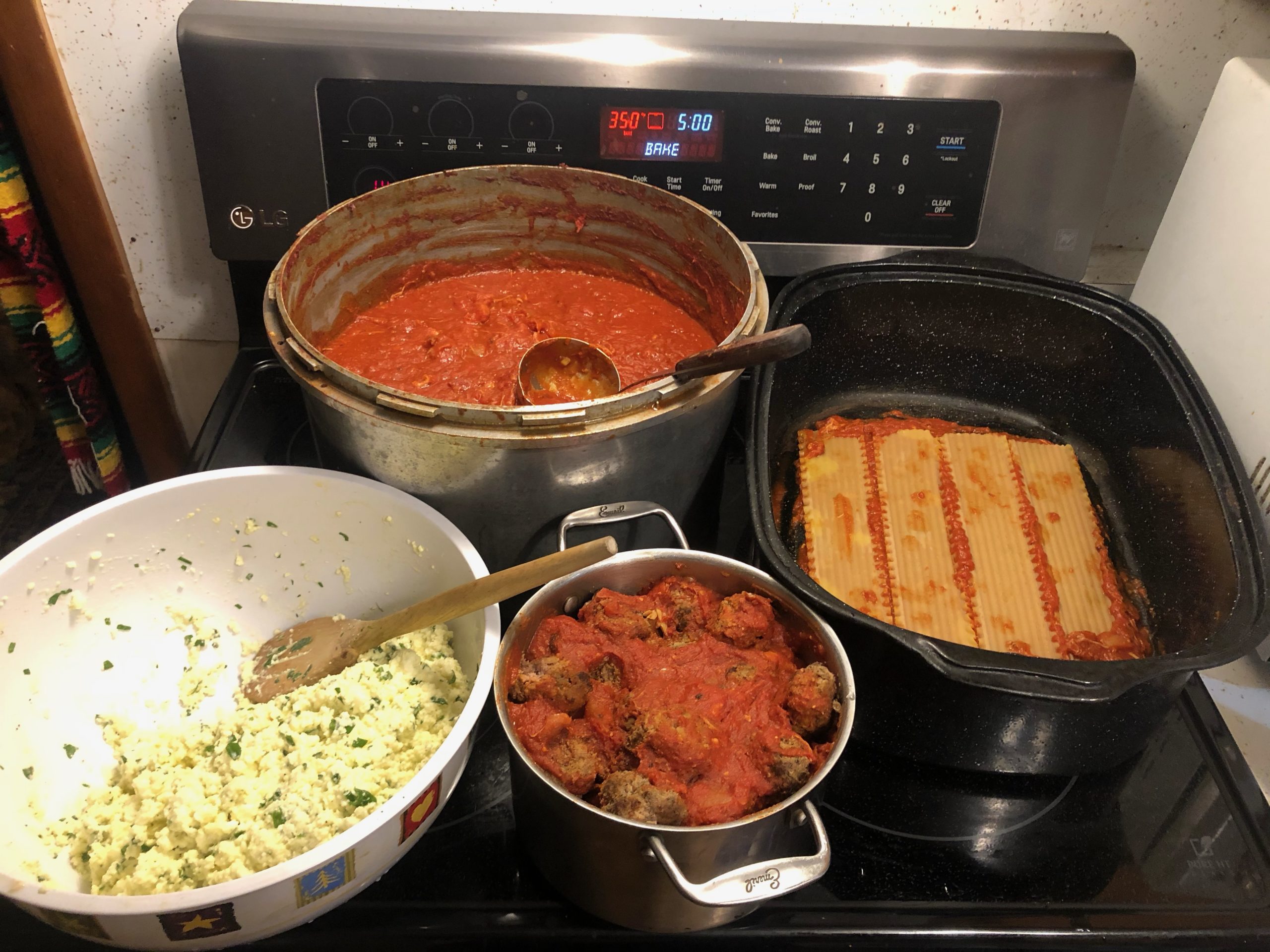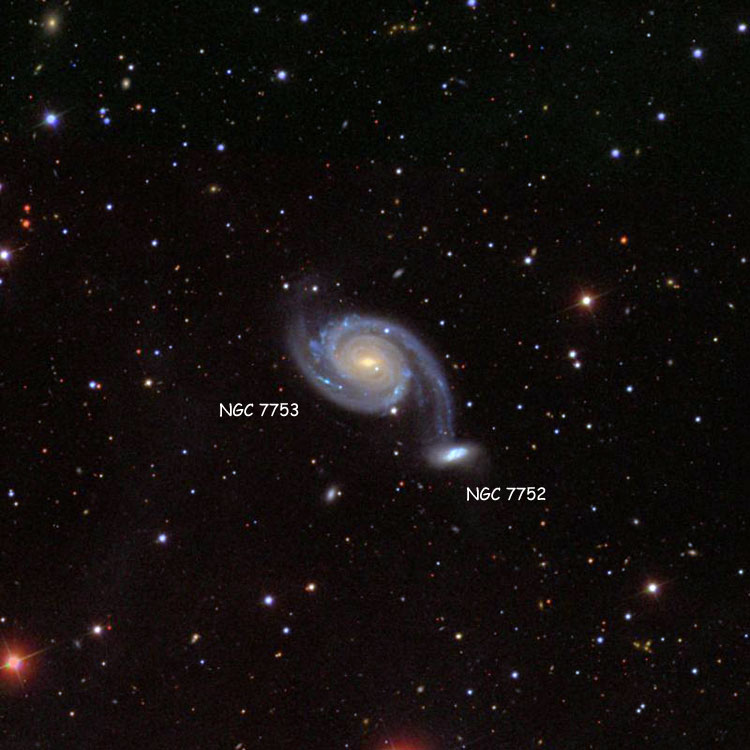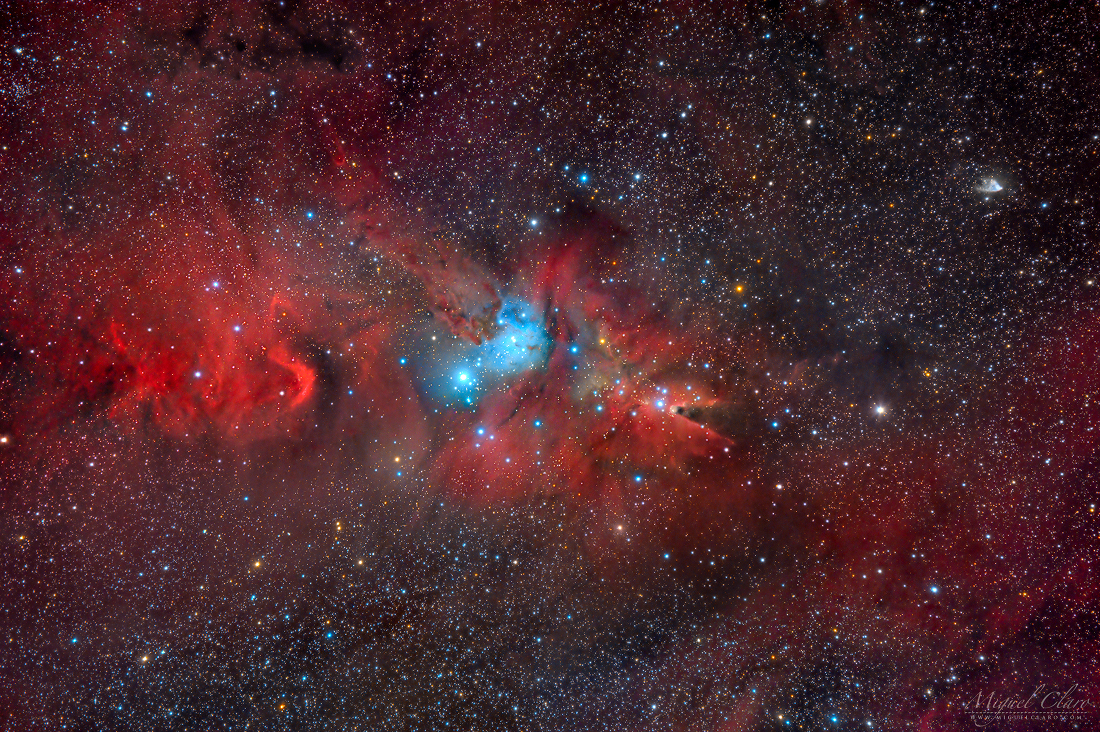Blog
Lonnie Liston Smith Jr. (born December 28, 1940) is an American jazz, soul, and funk musician who played with such jazz artists as Pharoah Sanders and Miles Davis before forming Lonnie Liston Smith and the Cosmic Echoes, recording a number of albums widely regarded as classics in the fusion, smooth jazz and acid jazz genres.
Smith was born and raised in Richmond, Virginia, United States to a musical family; his father was a member of Richmond Gospel music group The Harmonizing Four, and he remembered groups such as the Swan Silvertones and the Soul Stirrers (featuring a young Sam Cooke) as regular visitors to the house when he was a child. He studied piano, tuba and trumpet in high school and college before receiving a B.S. in music education from Morgan State University in Baltimore in 1961. Smith has cited Charlie Parker, John Coltrane and Miles Davis as major influences in his youth. While still a teenager, Smith became well known locally as a backing vocalist as well as pianist in the Baltimore metropolitan area. During this period, he regularly performed with a number of his contemporaries, including Gary Bartz (alto), Grachan Moncur (trombone), and Mickey Bass (bass). He also backed a number of jazz singers (including Ethel Ennis) while performing in the house band at Baltimore’s Royal Theater shortly after receiving his degree.
more...Charles Neville (December 28, 1938 – April 26, 2018) was an American R&B and jazz musician best known as part of The Neville Brothers. Known onstage as “Charlie the horn man”, his saxophone playing helped earn the group a Grammy Award for best pop instrumental performance.
The second oldest of the four Neville brothers, Charles Neville was born in New Orleans on Dec. 28, 1938 to Arthur Lanon Neville Sr. and Amelia (Landry) Neville and was raised in the Calliope housing project with his musical brothers, Art, Aaron, and Cyril. Their uncle, George “Big Chief Jolly” Landry, was lead singer of the Mardi Gras Indian group The Wild Tchoupitoulas. Charles left home when he was 15 to play saxophone with the Rabbit’s Foot Minstrel Show. When back in New Orleans, he played in the house band at the Dew Drop Inn.
He served in the Navy from 1956 to 1958 and discovered the music scene on Beale Street while stationed in Memphis, Tennessee, later touring with B.B. King and Bobby (Blue) Bland.[1][2]
He joined the band of fellow New Orleanian Larry Williams, but his addiction to heroin landed him short jail terms for the shoplifting that sometimes supported his habit. He finally overcame his addictions in 1986. Beginning in 1963 he served three and a half years at Louisiana State Penitentiary at Angola for possession of marijuana. He practiced in the prison music room with other incarcerated New Orleans musicians, notably pianist James Booker and drummer James Black. Moving to New York City after release from prison, he explored modern jazz and toured with Johnnie Taylor, Clarence Carter, and O. V. Wright.
In 1976 he returned to New Orleans when his maternal uncle, George “Big Chief Jolly” Landry, called Charles and his brothers Art, Aaron, and Cyriltogether to record with his Mardi Gras Indian group, The Wild Tchoupitoulas. The blend of traditional and funk music on The Wild Tchoupitoulas album(1976) has made it an icon of New Orleans musical culture.
more...Edmund Leonard Thigpen (December 28, 1930 – January 13, 2010) was an American jazz drummer, best known for his work with the Oscar Peterson trio from 1959 to 1965. Thigpen also performed with the Billy Taylor trio from 1956 to 1959.
Born in Chicago, Illinois, Thigpen was raised in Los Angeles and attended Thomas Jefferson High School, where Art Farmer, Dexter Gordon and Chico Hamilton also attended. After majoring in sociology at Los Angeles City College, Thigpen returned to East St. Louis for one year to pursue music while living with his father who had been playing with Andy Kirk‘s Clouds of Joy. His father, Ben Thigpen, was a drummer who played with Andy Kirk for sixteen years during the 1930s and 1940s.
Thigpen first worked professionally in New York City with the Cootie Williams orchestra from 1951 to 1952 at the Savoy Ballroom. During this time he played with musicians such as Dinah Washington, Gil Mellé, Oscar Pettiford, Eddie Vinson, Paul Quinichette, Ernie Wilkins, Charlie Rouse, Lennie Tristano, Jutta Hipp, Johnny Hodges, Dorothy Ashby, Bud Powell, and Billy Taylor.
In 1959 he replaced guitarist Herb Ellis in the Oscar Peterson Trio in Toronto, Ontario, Canada. In 1961 he recorded in Los Angeles, featuring on the Teddy Edwards–Howard McGhee Quintet album entitled Together Again for the Contemporary label with Phineas Newborn Jr. and Ray Brown. After leaving Peterson, Thigpen recorded the album Out of the Storm as a leader for Verve in 1966. He then went on to tour with Ella Fitzgerald from 1967 to 1972.
more...Earl Kenneth Hines, also known as Earl “Fatha“ Hines (December 28, 1903 – April 22, 1983), was an American jazz pianist and bandleader. He was one of the most influential figures in the development of jazz piano and, according to one source, “one of a small number of pianists whose playing shaped the history of jazz”.
The trumpeter Dizzy Gillespie (a member of Hines’s big band, along with Charlie Parker) wrote, “The piano is the basis of modern harmony. This little guy came out of Chicago, Earl Hines. He changed the style of the piano. You can find the roots of Bud Powell, Herbie Hancock, all the guys who came after that. If it hadn’t been for Earl Hines blazing the path for the next generation to come, it’s no telling where or how they would be playing now. There were individual variations but the style of … the modern piano came from Earl Hines.”
The pianist Lennie Tristano said, “Earl Hines is the only one of us capable of creating real jazz and real swing when playing all alone.” Horace Silversaid, “He has a completely unique style. No one can get that sound, no other pianist”. Erroll Garner said, “When you talk about greatness, you talk about Art Tatum and Earl Hines”. Count Basie said that Hines was “the greatest piano player in the world”. Earl Hines was born in Duquesne, Pennsylvania, 12 miles from the center of Pittsburgh, in 1903.
more...Cheryl Davisdon’s Hutch is finally finished with White Squall window set via LaBriola Glass Art Studio. And she and wife are ecstatic about them. I’m so thrilled!

Christmas Dinner Italiano from my Grandma Pagnalina LaBriola’s recipe born in Ripacandida, Basilicata Italia!

NGC 7752 and NGC 7753 are a pair of galaxies approximately 272 million light-years away in the constellationPegasus. NGC 7753 is the primary galaxy. It is a barred spiral galaxy with a small nucleus. NGC 7752 is the satellite galaxy of NGC 7753. It is a barred lenticular galaxy that is apparently attached to one of NGC 7753’s spiral arms. They resemble the Whirlpool Galaxy (M51A) and its satellite NGC 5195 (M51B).

more...
Tracy Nelson (born December 27, 1944) is an American singer.
Nelson was born and grew up in Madison, Wisconsin. There, she first learned about R&B music from nighttime listening to WLAC radio from Nashville, Tennessee. In her teens, Nelson sang folk music in coffeehouses and with The Fuller-Wood Singers group, and was lead singer in The Fabulous Imitations band. She attended the University of Wisconsin as a social science major.
more...Walter Norris (December 27, 1931 – October 29, 2011) was an American pianist and composer. Born in Little Rock, Arkansas, on December 27, 1931, Norris first studied piano at home with his mother, then with John Summers, a local church organist. His first professional performances were with the Howard Williams Band in and around Little Rock during his junior high and high school years. After graduating from high school, Norris played briefly with Mose Allison, then did a two-year tour in the US Air Force. After his time in the Air Force, Norris played with Jimmy Ford in Houston, Texas, then moved to Los Angeles where he became an integral part of the West Coast Jazzscene. While in Los Angeles, he played on Jack Sheldon‘s first album and on Ornette Coleman‘s first album, Something Else! The Music of Ornette Coleman (1958) for Contemporary Records.
more...William Orval Crow (born December 27, 1927) is an American jazz bassist. Among other work, Crow was the long-term bassist in saxophonist Gerry Mulligan‘s bands in the 1950s and 1960s.
Crow was born on December 27, 1927 in Othello, Washington but spent his childhood in Kirkland, Washington. In fourth grade, he took up the trumpet. When he joined the Army in 1946, he started to play brass instruments. He remained 9n the army until 1949. After leaving the Army, he played drums and trombone while a student at the University of Washington.
more...Johnny Frigo (December 27, 1916 – July 4, 2007) was an American jazz violinist and bassist. He appeared in the 1940s as a violinist before working as a bassist. He returned to the violin in the 1980s and enjoyed a comeback, recording several albums as a leader.
Frigo was born in Chicago and studied violin for three years beginning at age seven. In high school he started to play double bass in dance orchestras. In 1942 he played with Chico Marx‘s orchestra and performed a comedy routine on violin with Marx on piano. He entered the United States Coast Guard during World War II and played in a band on Ellis Island with Al Haig and Kai Winding.
After a brief turn at active service near the end of the war he moved to New Jersey. He toured with Jimmy Dorsey‘s band from 1945 to 1947, later forming the Soft Winds trio with Dorsey’s guitarist Herb Ellis and pianist Lou Carter. During this time he wrote the music and lyrics to “Detour Ahead”,which has been recorded by Billie Holiday, Sarah Vaughan, Ella Fitzgerald, Bill Evans, and Carola. During that time, he also wrote the sardonic swing tune “I Told Ya I Love Ya Now Get Out” which was recorded by June Christy and the Stan Kenton Orchestra. Chicago jazz vocalist Erin McDougaldrecorded the song 50 years later on her album The Auburn Collection (2004).
more...
Bluegrass guitarist Tony Rice, who was recognized as one of the all-time greats of the genre, has died. He was 69 and passed suddenly on December 25, his former label Rounder Records noted. As a solo performer, collaborator, and leader of the Tony Rice Unit, Rice was known for his inimitable skill as a flatpicker, an intricate, fast-paced, melodic style of guitar playing. Rice’s distinctive style, heavily influenced by jazz, was an influence on scores of artists in the bluegrass world and beyond, including the likes of Jason Isbell and Steve Martin. His signature guitar, a Martin D-28, had belonged to the Byrds’ Clarence White.
more...Renowned Salsa Singer Tito Rojas, el Gallo Salsero, Dies at 65 Famed Puerto Rican salsa vocalist Julio César Rojas López, better known as Tito Rojas and El Gallo Salsero, passed away on December 26, 2020 in Humacao, eastern Puerto Rico.Tito Rojas June 14, 1955 was born in Humacao, Puerto Rico. He was a member of Conjunto Borincuba, the Fania All-Stars, Conjunto Borincano, and Puerto Rican Power.His biggest hit was the award-winning album Por Propio Derecho released in 1995. Hit songs included ‘Siempre seré,’ ‘Señora de madrugada’, ‘Noche de Bodas’ and Quiéreme Tal Como Soy’.
https://www.youtube.com/watch?v=n1wyS7vifkM
Clouds of glowing hydrogen gas fill this colorful skyscape in the faint but fanciful constellation Monoceros, the Unicorn. A star forming region cataloged as NGC 2264, the complex jumble of cosmic gas and dust is about 2,700 light-years distant and mixes reddish emission nebulae excited by energetic light from newborn stars with dark interstellar dust clouds. Where the otherwise obscuring dust clouds lie close to the hot, young stars they also reflect starlight, forming blue reflection nebulae. The telescopic image spans about 1.5 degrees or 3 full moons, covering nearly 80 light-years at the distance of NGC 2264. Its cast of cosmic characters includes the the Fox Fur Nebula, whose dusty, convoluted pelt lies left of center, bright variable star S Monocerotis immersed in the blue-tinted haze near center, and the Cone Nebula pointing in from the right side of the frame. Of course, the stars of NGC 2264 are also known as the Christmas Tree star cluster. The triangular tree shape is seen on its side here. Traced by brighter stars it has its apex at the Cone Nebula. The tree’s broader base is centered near S Monocerotis.

John Scofield (born December 26, 1951), sometimes referred to as “Sco”, is an American jazz-rock guitarist and composer whose music includes bebop, jazz fusion, funk, blues, soul, and rock. He has worked with Miles Davis, Dave Liebman, Joe Henderson, Charles Mingus, Joey DeFrancesco, Herbie Hancock, Eddie Palmieri, Pat Metheny, Bill Frisell, Joe Lovano, Pat Martino, Mavis Staples, Phil Lesh, Billy Cobham, Medeski Martin & Wood, George Duke, Jaco Pastorius, John Mayer, Robert Glasper, and Gov’t Mule.
Scofield’s family left Ohio and moved to Wilton, Connecticut, where he discovered his interest in music. Educated at the Berklee College of Music, Scofield left school to record with Chet Baker and Gerry Mulligan. He joined the Billy Cobham/George Duke Band soon after and spent two years playing, recording, and touring with them. He recorded with Charles Mingus in 1976 and replaced Pat Metheny in Gary Burton‘s quartet.
more...More Posts
- The Cosmos with Trapezium Cluster
- Stanley Clarke Day
- Andrew Hill Day
- World Music with Nico Kasanda
- Daily Roots with Hortense Ellis
- The Cosmos with M24
- Gilberto Gil Day
- Julian Priester Day
- World Music with Paco De Lucia
- Daily Roots with Alton Ellis & the Heptones
- The Cosmos with Sharpless 2-106
- John Medeski Day
- David Honeyboy Edwards Day
- World Music with Odpoczno
- Daily Roots with Ras Tweed
- The Cosmos with M8
- Johnny “Big Moose” Walker Day
- Elmo Hope Day
- Shad Collins Day
- World Music with Eleftheria Arvanitaki